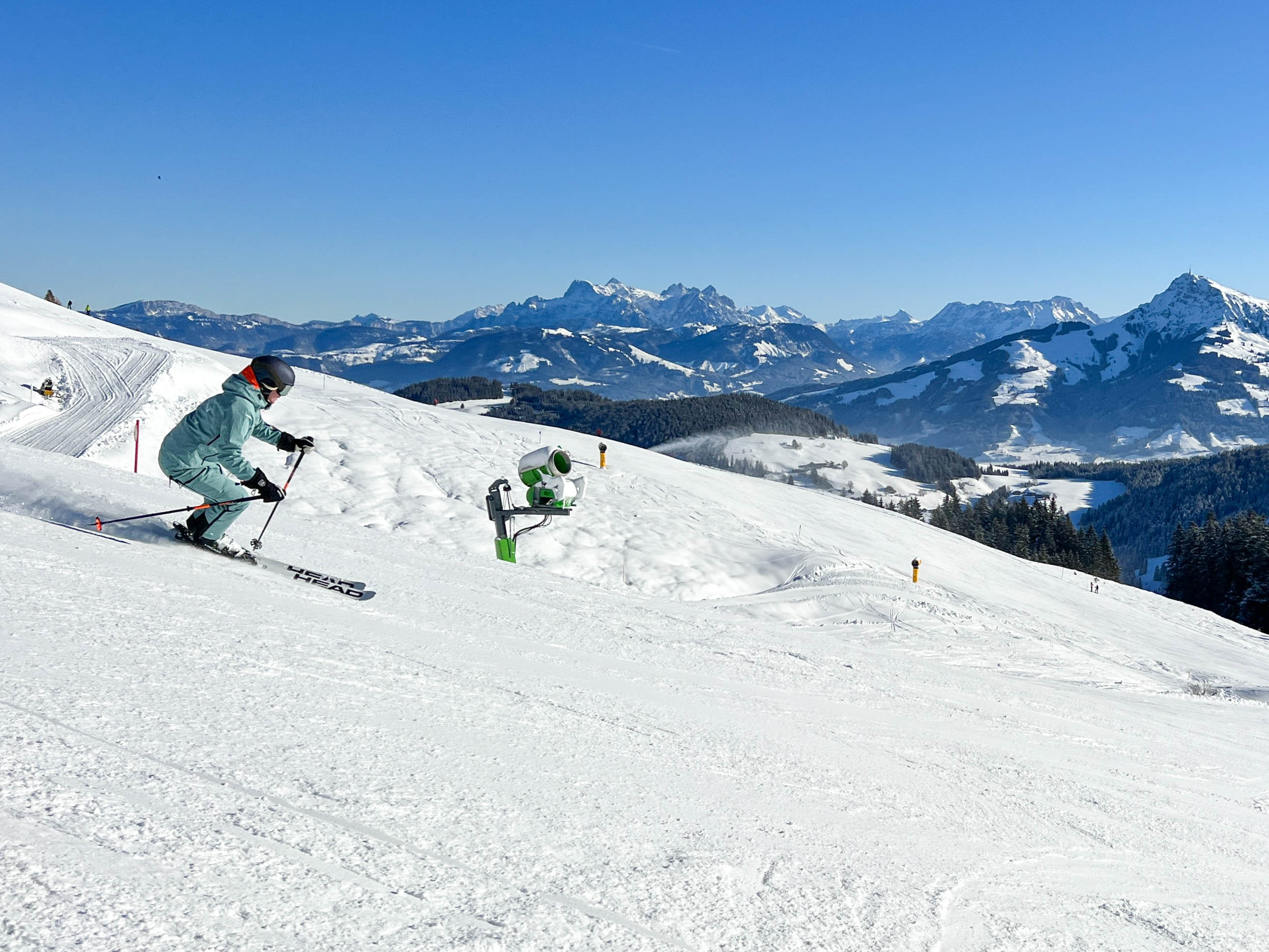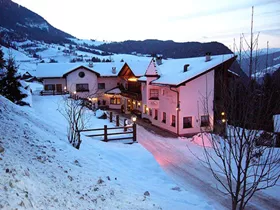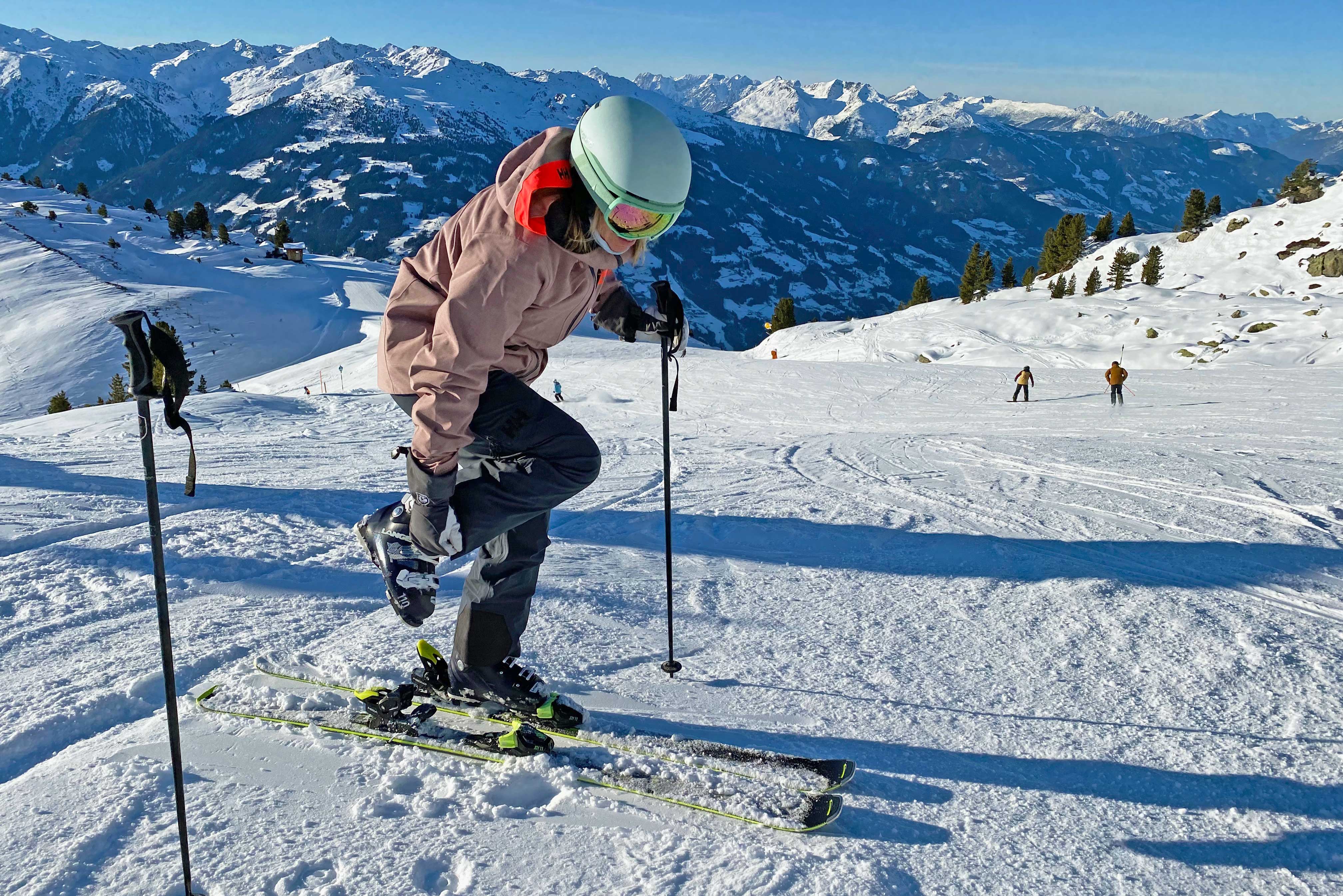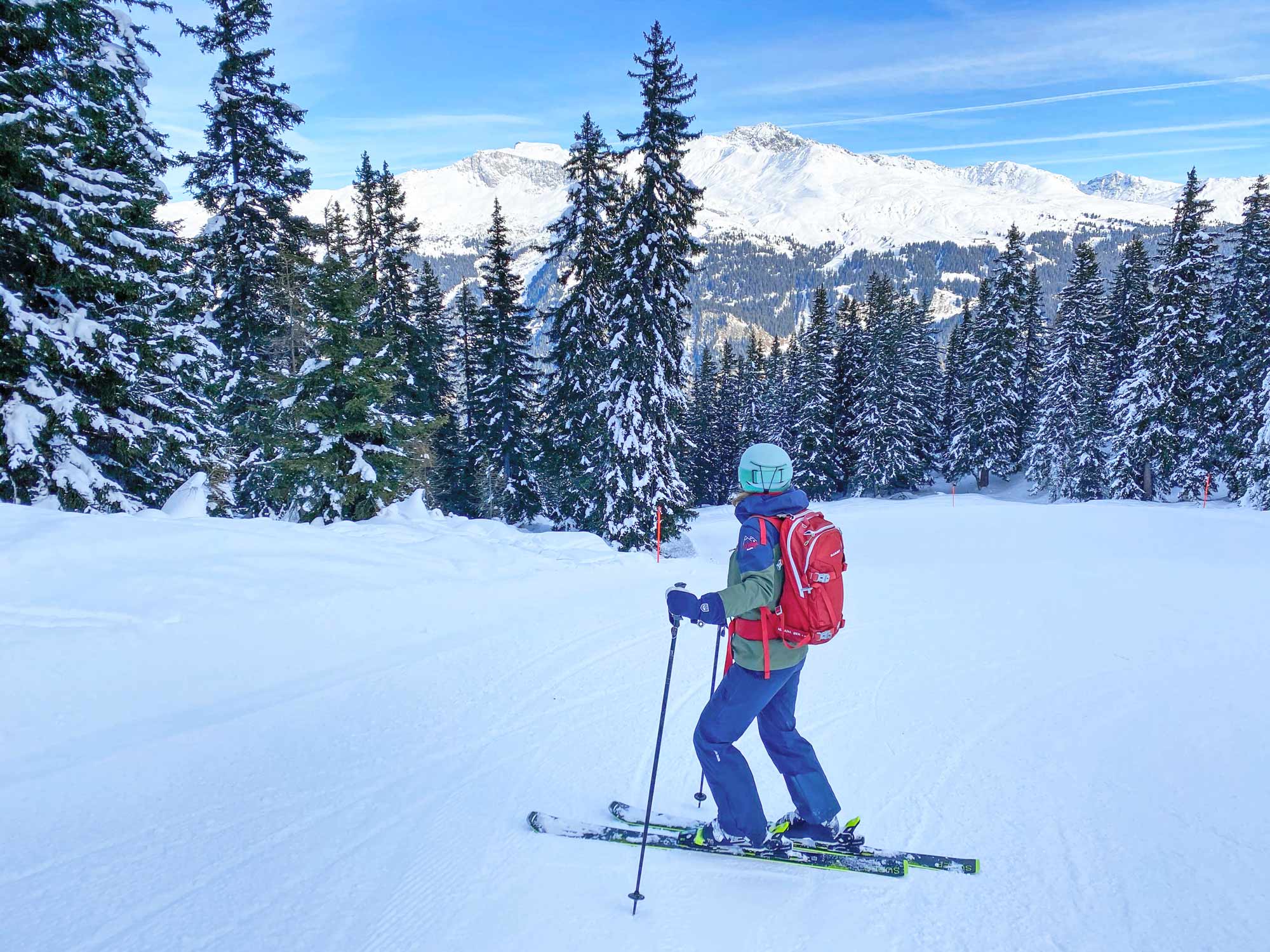

Most ski enthusiasts hate it: rock-hard slopes with ice sheets. It is difficult to get a grip on an icy slope, and many people spontaneously cramp up at the sight of it. It's so much nicer to ski down a well-groomed piste with soft snow. However, there are several things you can do to ski down an icy slope better and with more confidence. This article will give you seven tips to make your life easier.
1. Focus on your basic stance
A good basic stance is always important for skiing, but it will certainly help you on an icy slope. Be careful not to lean back or forward too much. So bend your knees as well as also your ankles and hips. This way, you'll be positioned centrally above your feet, distributing the pressure over your entire skis and offering you more grip. Moreover, always turn your upper body slightly towards the valley. Often when people are scared, they start leaning right towards the mountain, which gives them far less control over their skis.
2. Well-maintained and sharpened edges
It sounds logical, but well-sharpened edges provide more grip on a hard, icy slope. So check regularly that the steel edges of your skis are sharp. You can do this, for example, by running the top of your nail along the steel edge. If curls come easily off your nails, the edge is sharp. In any case, have your skis sharpened after a week of skiing. In bad snow conditions (ice and stones), you may want to bring your skis in for a service already during your holidays. Moreover, it is essential to use the edges correctly, so position your ski properly on its side, with the steel side cutting through the ice. If you keep the ski flat, you will have no grip.
3. Put pressure on your skis
Many skiers start leaning towards the mountain the moment things get difficult or icy. This causes them to lose pressure on their downhill ski and not edge it properly, which is essential on a hard run. Make sure you bend your legs after every turn to build up pressure on both skis, giving you a better grip. Many people stretch their downhill leg, releasing the pressure on the downhill ski and losing the grip. Go for it and confidently edge your skis into the piste. You do this by bending your ankles, knees and hips, pushing your knees towards the mountain and keeping your upper body slightly tilted towards the valley.

4. Choose the best track
Most skiers automatically descend in the middle of the piste, pushing the snow to the sides of the slope. So look carefully where the conditions are best. You will often see that the snow on the side of the piste is better, so try descending there. Be careful, however, to make your turns in time so you don't end up off of the piste.
5. After ice comes the snow
Icy patches are usually followed by areas of snow. Try to stay relaxed if you slip and regain control on the snowy bits. There are often bumps of snow on icy slopes - take advantage of them. If you feel you are going too fast, you can easily slow down by steering into the mountain just before the bump, reducing your speed. This will help you make your next turn. Opinions differ on whether it is better to turn on a snow hump or in between. Both are possible, so you can see what suits you best.

6. Relax and try to glide calmly across the ice
Many skiers cramp up as soon as they see ice. Try to avoid this. Save your energy and glide calmly across the ice at the same time. Concentrate on the technical points 1, 2 and 3 and ignore the ice. Focus on your stance, on edging and keeping pressure on your skis. This way, you will be less preoccupied with your fear and will get down the slopes without too much trouble.
7. Take lessons
Improving your technique with ski lessons can help overcome the fear of icy slopes. A ski instructor can give you tips that may seem small but will have a considerable impact. By practising these focal points, you will immediately see the results and descend an icy slope much more relaxedly.















